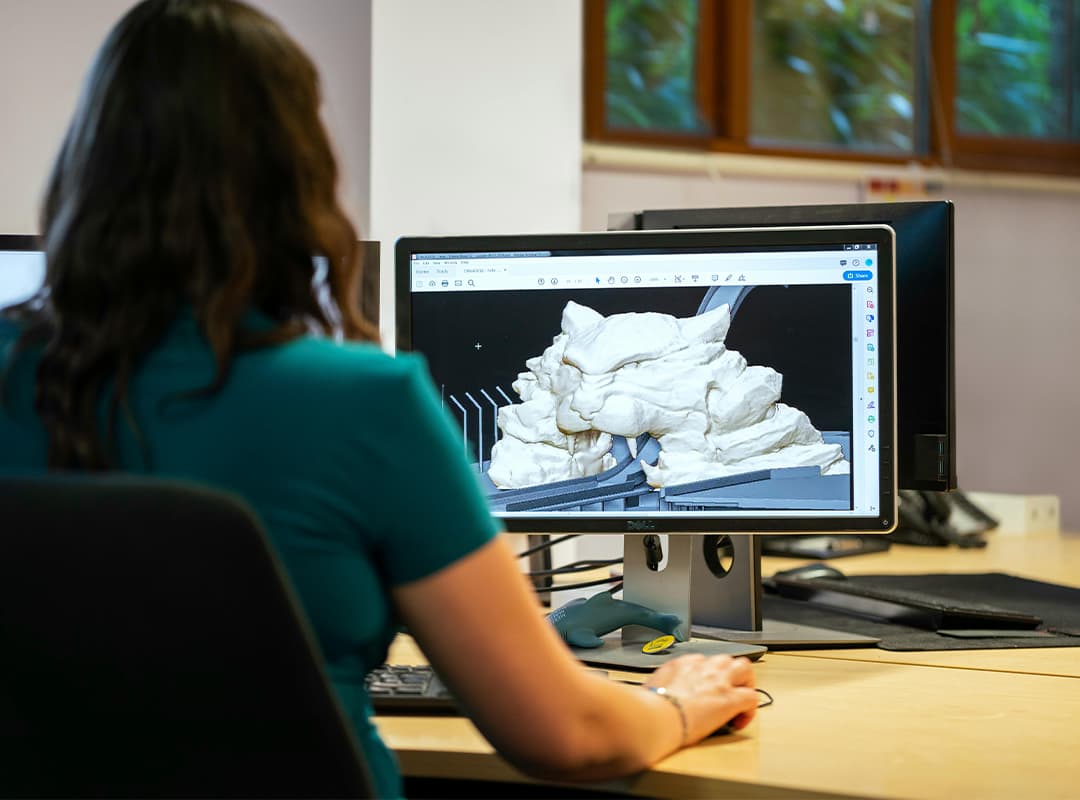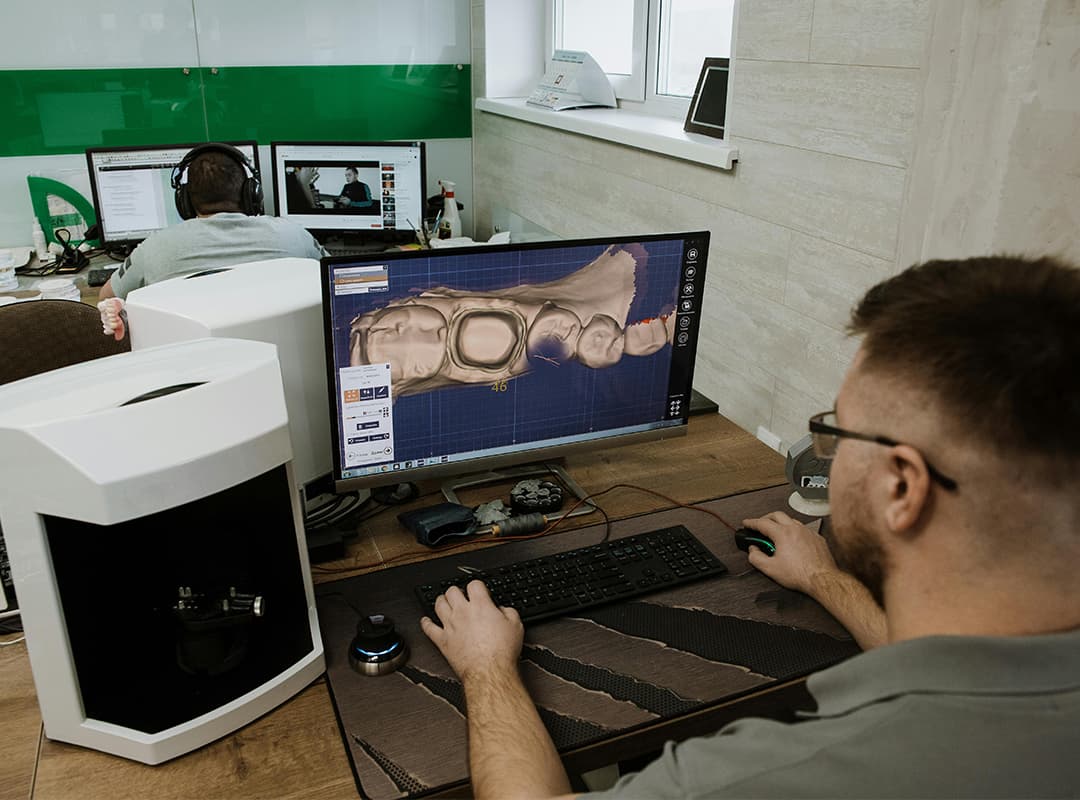Simulation modeling is a powerful tool used across various industries to analyze complex systems, predict outcomes, and make informed decisions. From manufacturing to healthcare, the ability to create and analyze simulations can significantly enhance your problem-solving skills and improve operational efficiency. If you’re interested in diving into this fascinating field, this article will guide you through the essential steps to get started with simulation modeling. We’ll also touch on opportunities to deepen your understanding, such as attending logistic conferences 2015.
1. Understand the Basics of Simulation Modeling
Before jumping into the technical aspects of simulation modeling, it’s essential to grasp the fundamental concepts. Here are some key areas to familiarize yourself with:
- What is Simulation Modeling? Simulation modeling involves creating a digital representation of a real-world system to analyze its behavior under different conditions. It can help you explore how various factors influence system performance and test scenarios without the risks associated with real-world experimentation.
- Types of Simulation: Learn about different simulation types, including:
- Discrete Event Simulation (DES): Models systems where events occur at specific points in time.
- Continuous Simulation: Focuses on systems that change continuously over time.
- Agent-Based Simulation (ABS): Simulates interactions between individual agents (like vehicles or people) to understand complex system dynamics.
2. Choose the Right Learning Resources
Once you have a basic understanding of simulation modeling, you can explore various learning resources to deepen your knowledge. Here are some effective options:
- Online Courses: Numerous platforms offer online courses covering simulation modeling basics and advanced techniques. Websites like Coursera, edX, and Udacity provide access to high-quality courses taught by industry experts.
- Books: Consider reading books that delve into simulation modeling. Some recommended titles include:
- “Simulation Modeling and Analysis” by Averill M. Law and W. David Kelton: A comprehensive guide that covers various simulation methods and applications.
- “Discrete-Event System Simulation” by Jerry Banks et al.: A classic text that introduces discrete-event simulation concepts and techniques.
- Webinars and Workshops: Look for webinars and workshops offered by universities or professional organizations. These events provide valuable insights and opportunities to interact with experts in the field.
3. Get Hands-On Experience with Simulation Software
Practical experience is crucial for mastering simulation modeling. Start by familiarizing yourself with popular simulation software. Here are some widely used tools:
- Arena: A user-friendly discrete event simulation software commonly used in manufacturing and logistics.
- Simul8: Offers a straightforward interface for modeling business processes and evaluating performance.
- AnyLogic: A versatile tool that supports discrete event, agent-based, and system dynamics modeling.
- MATLAB/Simulink: Great for continuous simulation and widely used in engineering and research.
Most of these tools offer free trials or educational licenses, allowing you to experiment with their features and functionalities.
4. Participate in Online Communities and Forums
Engaging with others in the field can greatly enhance your learning experience. Join online communities and forums where simulation modeling enthusiasts and professionals share knowledge, ask questions, and provide support. Some popular platforms include:
- Stack Overflow: A Q&A site where you can ask technical questions related to simulation software and modeling techniques.
- Reddit: Subreddits like r/simulation and r/learnprogramming are excellent places to find discussions and resources.
- LinkedIn Groups: Join simulation and modeling-related groups to network with professionals and gain insights into industry trends.
5. Attend Conferences and Networking Events
Conferences offer a unique opportunity to learn from experts, share ideas, and network with peers. Attending events such as logistic conferences 2015 can help you stay updated on the latest trends and best practices in simulation modeling.
These events often feature keynote speakers, workshops, and panel discussions covering various aspects of simulation. They can also serve as a platform for you to present your work, get feedback, and connect with potential collaborators.
6. Work on Real-World Projects
To solidify your knowledge and skills in simulation modeling, consider working on real-world projects. This could involve:
- Internships: Seek internships with organizations that utilize simulation modeling in their operations. This hands-on experience will provide valuable insights into practical applications.
- Personal Projects: Identify a problem in your area of interest and create a simulation model to analyze it. This could be a logistics process, healthcare workflow, or environmental issue. Document your findings to showcase your skills to potential employers.
Starting your journey in simulation modeling can be an exciting and rewarding experience. By understanding the basics, utilizing various learning resources, gaining hands-on experience with software, engaging with communities, attending conferences like logistic conferences 2015, and working on real-world projects, you will build a solid foundation in simulation modeling.
As you progress in your learning, remember to stay curious and open to new ideas. The field of simulation modeling is continuously evolving, and staying informed will help you make meaningful contributions to this dynamic area. Whether you’re looking to enhance your career prospects or simply explore a new passion, simulation modeling offers vast opportunities for growth and discovery.



